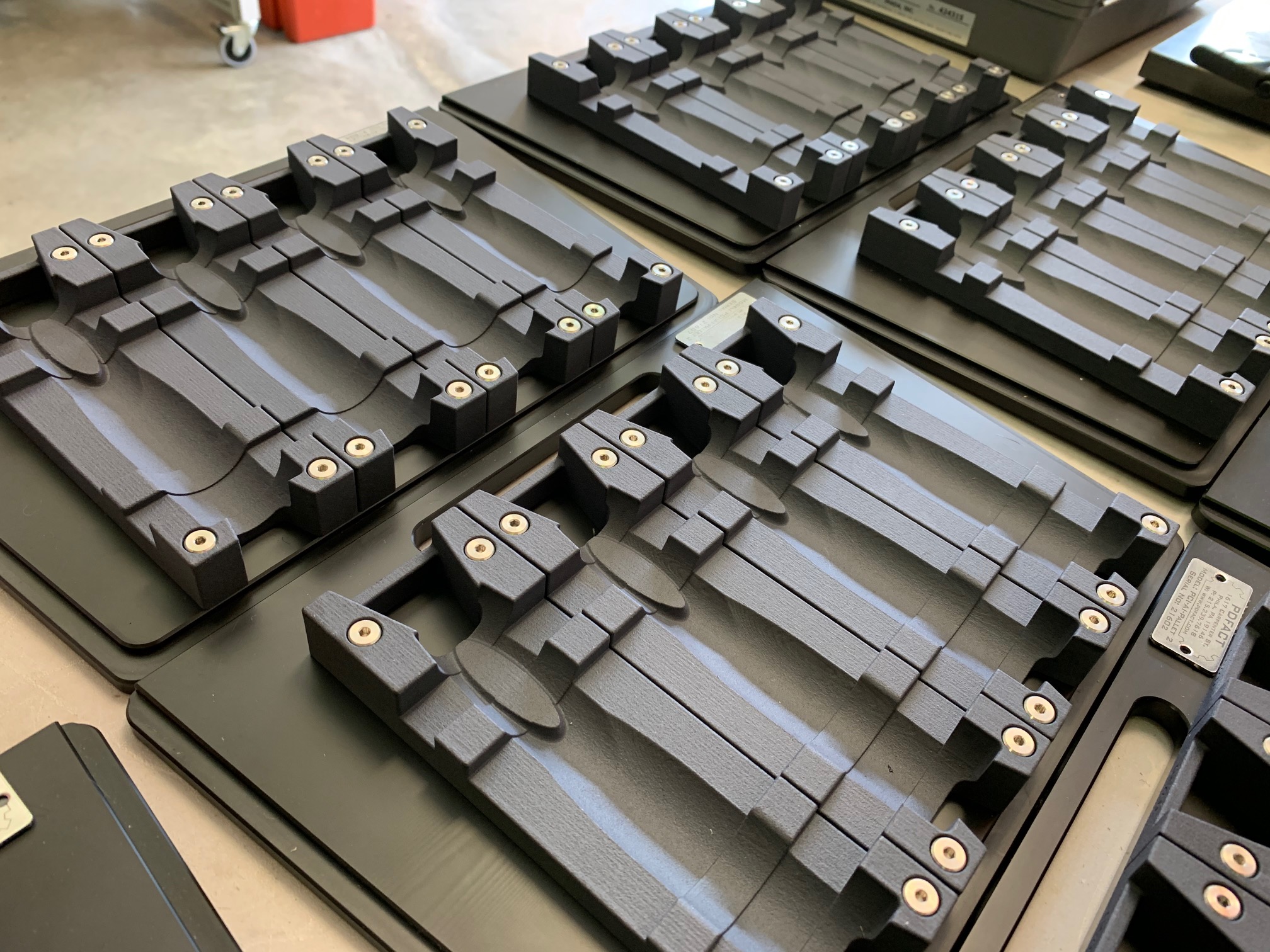Industrial automation is expected to reach 296.7 billion by 2026.
Along with the steady adoption of IIoT, the demand for robots in manufacturing will continue to increase. Modern innovations have affected every level of manufacturing, including prototyping.
Since the early 1980s, 3D printing technologies have created opportunities for product development firms to offer both conventional subtractive manufacturing (injection molded parts) and modern additive manufacturing (3D printing) options to clients.
As materials and machines have improved, so have prototypes. The use of functional prototypes as early samples to test product concepts and feasibility is a cornerstone of the product development process.
Prototypes vs. Functional Prototypes
Traditionally, prototypes served as visual models that gave insight into geometries and aesthetics. Functional prototypes allow for testing the actual function of components.
Today, many 3D printed functional prototypes are made of strong materials that serve industrial prototyping needs.
While 3D printing processes can vary based on project requirements and materials, readily available access to 3D printing technologies allow for a better understanding of how designs may function as a final product.
In most cases, 3D printed functional prototypes are cost-effective solutions that demonstrate design feasibility and help product designers gather feedback. This can help speed up response times and design alterations while producing less waste.
PDFact (our short name for Product Development Factory) leverages smart technologies like 3D printing and traditional methods to increase efficiencies and deliver high-quality products based on client specifications.
How does additive manufacturing work?
Additive manufacturing is the industrial term for 3D printing, a computer-controlled process that creates 3D objects using computer-aided design (CAD).
These objects are produced layer by layer and can be made of various materials including biochemicals, ceramics, metals, and thermoplastics.
In contrast, subtractive manufacturing is typically used to remove material by machining and other methods.
With injection molding, we produce products and parts by injecting molten materials like metals and thermosetting polymers into molds.
3D printed prototypes may not be made of the same materials as the final product, but they can be used to inspect design and performance early in the product development process.
3D printing provides opportunities to quickly produce multiple prototypes in small batches. The functional prototype materials will emulate the final product and give insight into how to best manufacture products and parts.
Three advantages of 3D printed functional prototypes
- Performance testing during the development phase
Aspects of the product development process can be unpredictable. Testing real life applications helps answer outstanding questions and moves projects forward.
Prototypes make it possible to determine whether designs are meeting the intended requirements and whether the product or part functions properly. Functional prototypes give insights that advance products through the development process.
Testing a product’s functionality and durability under certain environmental conditions leads to new iterations and improved designs. The data collected from testing helps determine how to improve and refine products for better usability and increased safety.
The goal is to achieve the best possible outcome for end-users. Product design inspection and performance tests help us detect flaws or design problems early in the process.
In the end, functional prototypes ensure that designs will meet manufacturing expectations. They also serve as predictors of costs down the road.
- Fabricate unique products or replacement pieces when original parts are discontinued
With 3D printing technology, it’s possible to create customized, single-piece parts without traditional molds. This process saves time, costs, and eliminates assembly.
3D printing introduces a big advantage because parts can be created and integrated into pre-existing systems even when original parts aren’t available. 3D printing streamlines the process and the technologies improve and evolve every year.
When developing complex parts, alterations can be made faster and more efficiently than in the past. With access to 3D printing and functional prototypes, there is more room for customization than ever before, which cuts down on waste, and speeds up this stage of the product development process.
- For sophisticated devices, it’s important to get it right
Prototypes give insight into real-world use and safety concerns. They help measure and verify whether the solution solves the problem with consistency. Products need to be stress-tested for safety and reliability, and it’s important to get it right.
Testing multiple iterations of a design can lead to numerous versions of prototypes that factor in variations or configurations that are better suited to solve specific problems in specific environments.
As the process unfolds, design flaws are detected and eliminated. Each adjustment brings the product closer to meeting standards and expectations.
The advantages of additive manufacturing allow us to create multiple prototypes, with more iterations and faster feedback loops, leading to faster turnarounds and eventual project completion.
Functional prototypes help make it easier to determine costs, manufacturing timelines, and requirements for materials.
Design & Manufacture New Products
PDFact is capable of designing and fabricating new products for a range of industries including life sciences, medical devices, and manufacturing.
WIth in-house 5-axis machining capabilities and access to a variety of 3D printing technologies, PDFact can help with prototyping and proof of concept for assembly and inspection equipment.
PDFact uses functional prototyping for physical testing, mechanical performance, and testing systems and components.
PDFact is based in Philadelphia.
Contact PDFact, to learn more about product development, prototyping, and custom automation solutions.

